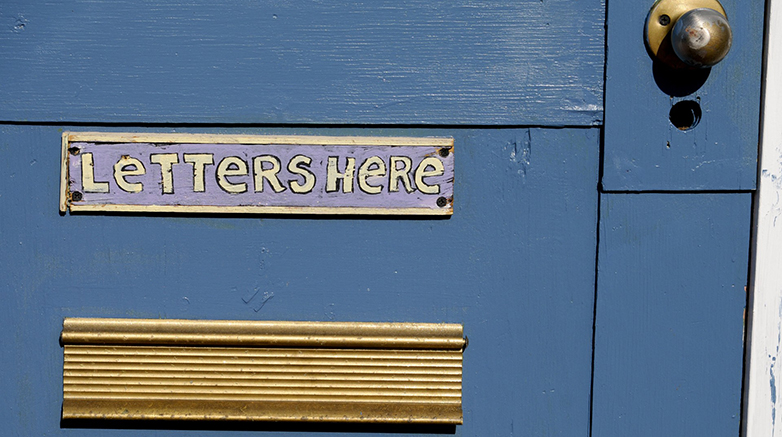Hello, everyone.
Below is a response that was posted on the Culver City Middle School’s Yahoo group by a parent, Sandi Levin, in response to a suggestion that increasing class size might not be as bad as some of the other alternatives.
I believe Sandi's answer is a very educated one. As a Culver City parent, I couldn't agree with her more.
Ms. Levin:
I appreciate your position and am glad you voiced it, but I have to disagree. I think increasing class size is one of the worst things we can do to our schools and to our children’s education.
Every study I have seen on the subject says that quality of education and class size are directly related – and I think instinct and common sense will tell you the same thing.
A few points:
1. I think by framing the debate this way, we are buying into a losing proposition. Presenting the decision as “if you complain about increasing class sizes, then you’ll lose all enrichment programs,” is something like my father saying to me as a child, “If you don’t stop crying, I’ll give you something to cry about.” This does not have to be a choice between losing all enrichment programs and increasing class sizes. There are lots of other options to explore for raising revenues – including federal stimulus funds, parcel taxes, better use of existing real estate assets, etc – and there are also ways to use our capital reserves to decrease expenditures.
2. We are not obligated to turn this long-term problem into a short- term crisis. The budget is balanced for the short term and the real problem is that we cannot sustain these trends in the long term. The proposed cuts now are intended to ward off problems later; that would be good fiscal planning if we were sure that this was more than a temporary crisis. Personally, I think before we sacrifice our kids’ education, we should do everything we can to pressure the Legislature to fix the problem at the state level. In other words, when given the choice between sacrificing our children’s education in Manner A or Manner B, we should refuse either one.
3. Comparing the proposed average to existing scholars’ classes masks the problem. The numbers being proposed are averages and those averages are proposed to increase. Some classes are mandated to remain small (or the funding for them will be eliminated), and others are small because the population that enrolls in them is limited by choice or eligibilityThat means that increases to the average class size overall will fall disproportionately on certain classes. If the average is to go up 2 or 3 students, then many classes can be expected to go up by 4 or 5 students. Particularly in classes that are not specialized and where this is a range of educational levels, I believe it is unrealistic to think a teacher can provide a quality education to 40 students.
4. [The Middle School] recently reduced the size of scholars’ classes so that they would not be so much larger than other classes. That effort will undoubtedly be reversed if class sizes are increased again. Although I believe that classes that are more homogeneous in their academic level (like scholars classes) can probably stand to be a bit larger than those with a broad range of skill/aptitude levels, something important is still lost when you ask a teacher to manage more than 30 or 35 kids in a class. There is no room for individualized attention, homework doesn’t get corrected, etc.
Mr. Gray may be contacted grayusa@sbcglobal.net







